Collective collecting: Sébastien Peyret on buying artworks as part of a group
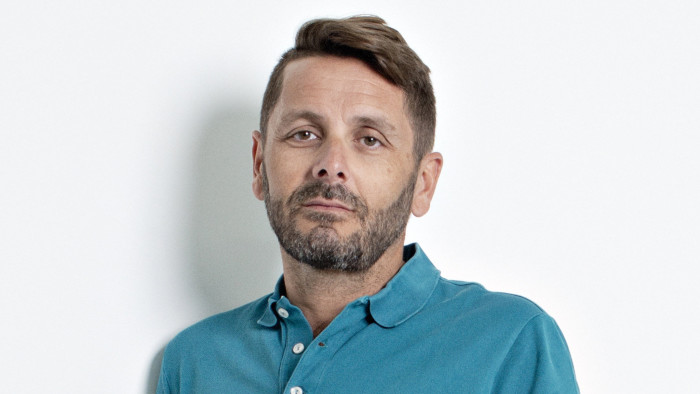
Roula Khalaf, Editor of the FT, selects her favourite stories in this weekly newsletter.
The French collector Sébastien Peyret is quite a rarity. In a country which is centred, in so many ways, on Paris, he is putting a provincial art club on the map: Lumière in the Mediterranean port town of Marseille. But we meet in Paris, just beside the Centre Pompidou, where he is on one of his regular buying sprees in the capital.
Peyret, who is in his early 40s, is a pharmacist by training, and owns a pharmacy in his native town. “I come from a medical family,” he explains in French. “My father is a doctor, my sister a dentist, but I have always been a collector as well.”
As an example, he explains how his first passion was music, and he has accumulated thousands of vinyl discs — now lodged with his decidedly accommodating parents. “I collected all sorts of music as long as it was counterculture — punk, rock, blues — everything but the mainstream,” he says.
But after the purchase of a house about 10 years ago, he decided he needed art on the walls — which set him off on his new passion. “I am a digger,” he says, using the English word. “My pharmacy training taught me to be rigorous. So I started researching art and artists.”
His first purchase was a small work by the French artist Marc Desgrandchamps. “It’s funny, I really only like the counterculture but I bought the most bourgeois thing possible,” he says. “And I was so new to the field that I walked into the gallery, saw the painting and bought it in a few minutes. I didn’t even know you could ask for a discount — the gallerist was quite startled!”
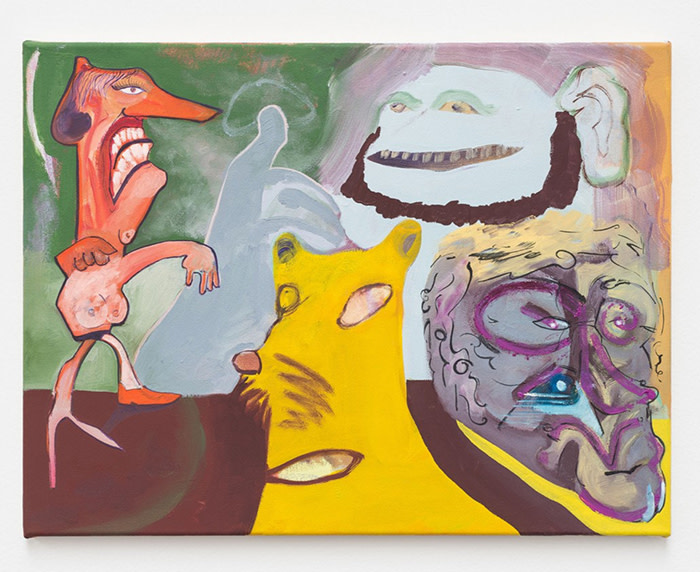
Things have changed greatly since then. As well as being a collector, Peyret is also the founder of the art collecting club Lumière, which now has its own premises — Atlantis — in a Marseille gallery hub. It holds three exhibitions a year, one mostly of the club’s holdings, the other two of artists the collective feels need greater exposure. And last year Peyret was nominated to the selection committee of an official body, the CNAP (Centre national des arts plastiques), which promotes the visual arts in the country.
His own collection numbers some 100 works, and the club has about 15, jointly held between its eight members, all friends of his age from across Marseille and mainly from the medical field. Each contributes €300 a month, and the yearly sum raised — some €30,000 — is spent on producing and buying art.
“I told the members from the beginning: ‘This is not speculation!’” Peyret says. “Don’t come and complain to me if the value doesn’t rise; this is about supporting contemporary art.” While at first it just acquired works, the club is now involved in production, speaking to artists and assessing their needs: “This has enabled me to learn much more about the whole art system, and to understand much better their preoccupations,” says Peyret.
Lumière acquired a space about three years ago. “We go to art fairs. I generally pick out about 10 works; members can also propose works — but only those who actually attend the fairs can be part of the selection process.”
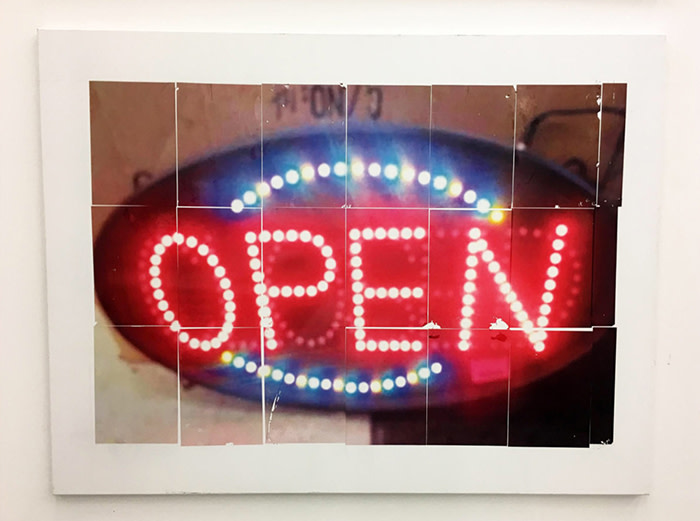
Recent purchases for his own collection include works by Gili Tal, Ben Schumacher, two works by Alexandra Bircken and Mathis Collins: almost all very conceptual works.
No longer does he buy spontaneously, as he did at the beginning. “I use the internet, I talk to other artists, I talk to dealers. Only when all the stars are aligned do I make the decision to acquire,” he says. Apart from art fairs — his favourites are Marseille’s Art-O-Rama, Arco, Artissima, Fiac, Paris International and Art Basel — he has been very influenced by the Lyon Biennale: “Its choices have certainly had a major impact on my thinking,” he adds.
These choices often reflect a preoccupation with the body and what can be done with it — “I suppose it’s my medical background” — and are conceptual and radical. “I am still interested in counterculture, and sometimes it’s a bit despairing, a bit jusqu’au-boutiste,” he says. The collection includes, for instance, Eva Kotátková’s figures of children enmeshed in thread, Mathieu Mercier’s grim “Masks” or Matthew Lutz-Kinoy’s clown-like body embellished with ceramic dishes.
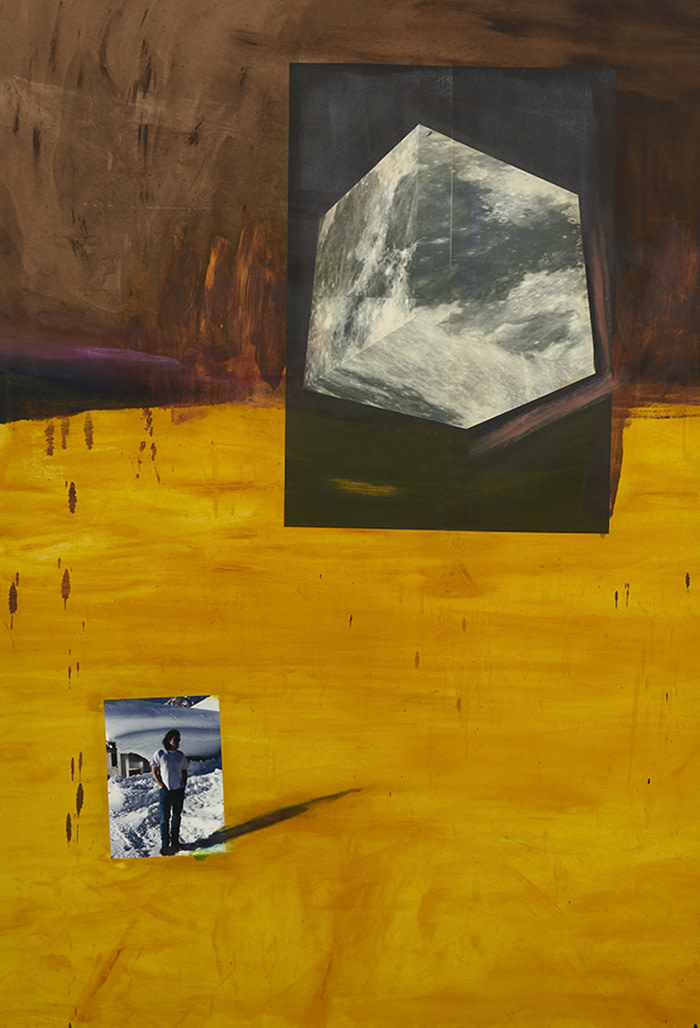
“Our objective is to put on shows for artists who have not been seen in French institutions,” says Peyret, who adds that he is happy to be running an art centre outside Paris. “It’s my tiny revenge as a Marseillais,” he grins. And indeed Atlantis and the other galleries in the Rue du Chevalier Roze have certainly put Marseille more on the art world map — something that will be reinforced by the city hosting the 13th edition of Manifesta in 2020.
Peyret’s own collection is strong in works by non-French artists, and at the CNAP he apparently has the reputation of favouring foreign artists. “There are no set rules at the CNAP, except that the artists chosen must be living,” he says, “but in fact the selection is about 50-50, foreign and French.”
So what will eventually happen to the Lumière collection, since it is held in common by the collective and destined to grow? Peyret laughs: “We are all friends. For the moment we don’t have a specific plan and there is no end date. And we’re all quite young still. However, I suppose when the collection becomes very big we could separate it into groups by value and draw lots. But that’s well into the future . . . ”
In Paris, I tell young gallerist Jérôme Poggi that I have just met Peyret. His eyes light up: “Ah,” he says: “If only we had another 10 collectors like him!”
Follow @FTLifeArts on Twitter to find out about our latest stories first. Subscribe to FT Life on YouTube for the latest FT Weekend videos
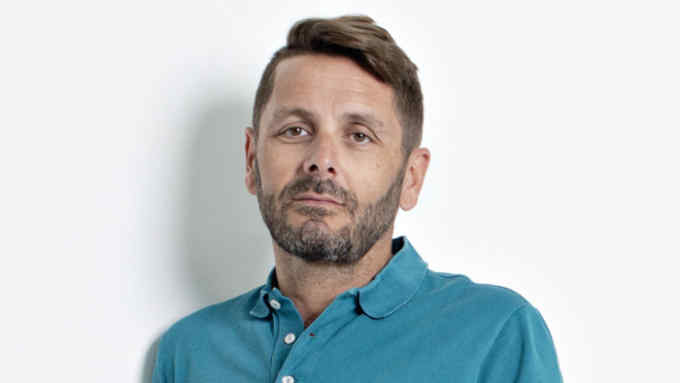
Comments